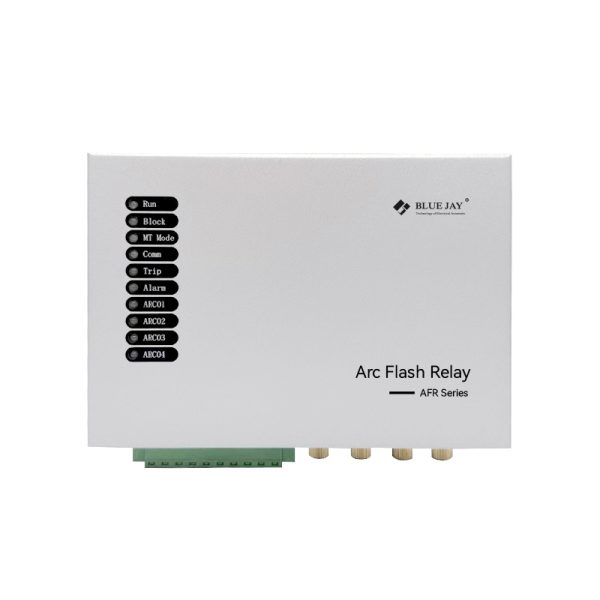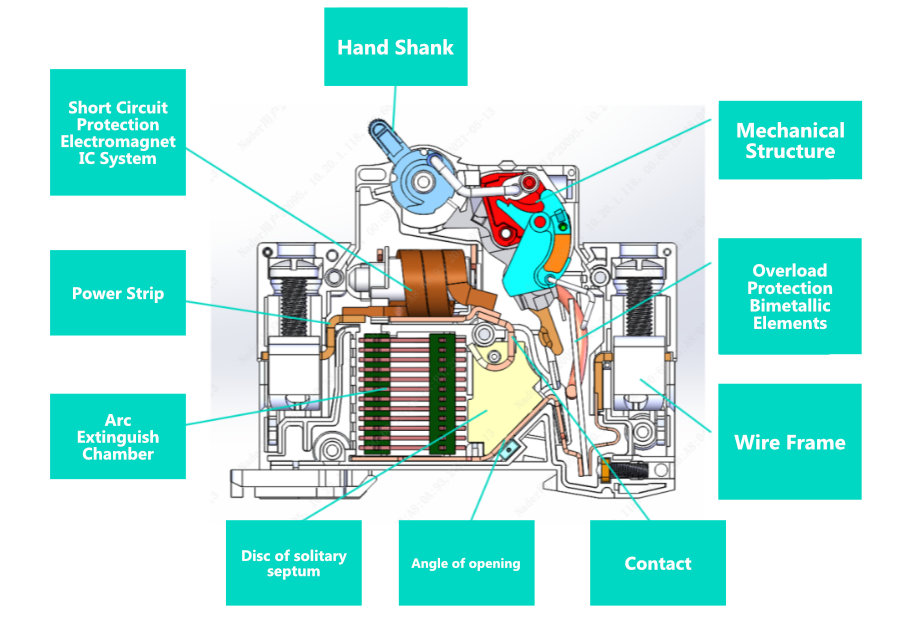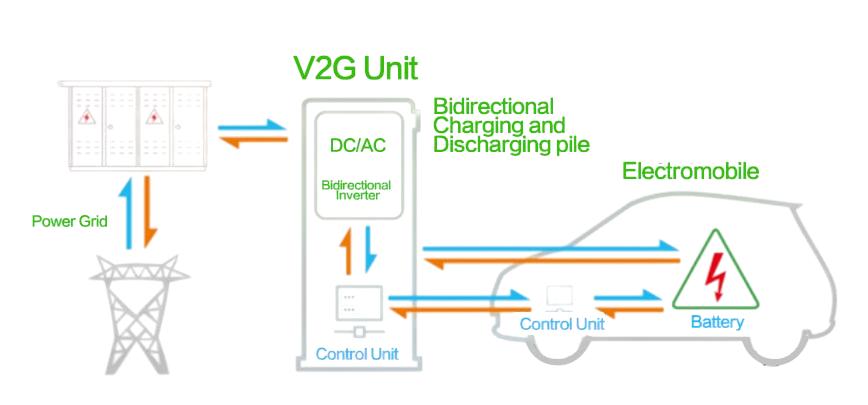In the realm of electrical systems, safety stands as a paramount concern. Any abnormalities in current flow can potentially lead to hazardous situations, risking both equipment and human lives. In this pursuit of safety, ground fault relays emerge as indispensable guardians, diligently monitoring electrical circuits for deviations and promptly responding to mitigate risks.

1. What is a ground fault relay?
A ground fault relay, also known as an earth fault relay or residual current relay, is an electrical protection device utilized in electrical systems to detect and respond to ground faults or leakage currents. Ground faults occur when an unintended connection between an electrical conductor and the earth (ground) is established, leading to an abnormal flow of current.
Ground fault relays continuously monitor the electrical system for any imbalance in current between the outgoing and returning conductors. When such an imbalance is detected, indicating the presence of a ground fault, the relay initiates protective actions, such as tripping circuit breakers or disconnecting the faulty equipment, to prevent electrical hazards such as shocks, fires, or equipment damage. These relays play a critical role in ensuring the safety and reliability of electrical systems by swiftly detecting and mitigating potential risks associated with ground faults.
2. What do ground fault relays monitor?
Ground fault relays monitor the electrical system for any imbalance in current flow between the outgoing and returning conductors. This imbalance can be indicative of a ground fault or leakage current. Ground faults occur when an unintended connection between an electrical conductor and the earth (ground) is established, leading to an abnormal flow of current. Leakage currents, on the other hand, result from insulation breakdown or electrical faults, causing current to flow to unintended paths, such as through moisture or damaged insulation.
By continuously monitoring the electrical circuit, ground fault relays are able to detect even small imbalances in current flow. These relays are equipped with sensitive current sensors that can detect variations in current levels. When an imbalance is detected, signaling the presence of a ground fault or leakage current, the ground fault relay initiates protective actions to mitigate potential risks, such as tripping circuit breakers or disconnecting the faulty equipment. This proactive monitoring and response mechanism help prevent electrical hazards, such as shocks, fires, or equipment damage, thereby ensuring the safety and reliability of the electrical system.
3. What is the purpose of a ground fault relay?
The primary purpose of a ground fault relay is to enhance electrical safety within a system. Ground fault relays are specifically designed to detect and respond to ground faults or leakage currents promptly. By continuously monitoring the electrical system for any imbalance in current flow between the outgoing and returning conductors, these relays can swiftly identify the presence of a ground fault.
Ground faults pose serious safety hazards, including the risk of electric shocks, fires, and equipment damage. When a ground fault occurs, there is an unintended connection between an electrical conductor and the earth (ground), leading to abnormal current flow. Ground fault relays play a crucial role in mitigating these risks by initiating protective actions upon detecting a ground fault.
Once a ground fault is detected, the ground fault relay activates protective measures, such as tripping circuit breakers or disconnecting the faulty equipment, to isolate the fault and prevent further damage. By taking proactive measures to address ground faults, ground fault relays help ensure the safety of personnel, protect equipment from damage, and maintain the reliability of the electrical system.
In summary, the purpose of a ground fault relay is to provide effective protection against ground faults, minimize the risk of electrical hazards, and ensure the safe and reliable operation of electrical systems.
4. What relay is used for earth fault protection?
The relay commonly used for earth fault protection is known as a “Ground Fault Relay” or “Earth Fault Relay.” These relays are specifically designed to detect faults that occur when an unintended connection between an electrical conductor and the earth (ground) is established, resulting in abnormal current flow.
Ground fault relays continuously monitor the electrical system for any imbalance in current flow between the outgoing and returning conductors. When an imbalance indicative of a ground fault is detected, these relays promptly initiate protective actions to mitigate potential risks, such as tripping circuit breakers or disconnecting the faulty equipment.
Ground fault relays are equipped with sensitive current sensors capable of detecting even small deviations in current levels, allowing them to swiftly pinpoint ground faults and activate protective measures. By providing effective earth fault protection, these relays play a critical role in ensuring the safety and reliability of electrical systems.
5. How does a Ground Fault Relay work?
A Ground Fault Relay works by continuously monitoring the current flowing in the circuit. It compares the current entering the circuit with the current returning from the circuit. If there is a difference between the two currents, indicating that some current is flowing to the ground, the relay trips and interrupts the circuit.
6. What are the common applications of Ground Fault Relays?
Ground Fault Relays are commonly used in electrical distribution systems, industrial machinery, construction sites, and outdoor power outlets. They are also installed in sensitive equipment and appliances to prevent electric shock hazards.
7. Why are Ground Fault Relays important?
Ground Fault Relays are important because they help prevent electric shock hazards and reduce the risk of electrical fires caused by ground faults. They provide an added layer of protection for personnel safety and equipment integrity.
8. How do I test a Ground Fault Relay?
Ground Fault Relays can be tested using specialized testing equipment designed for relay testing. This involves simulating a ground fault condition and verifying that the relay responds correctly by tripping the circuit.
9. What are the types of Ground Fault Relays available?
Ground Fault Relays come in various types, including electromechanical relays, solid-state relays, and microprocessor-based relays. Each type has its own features and benefits, catering to different application requirements.
10. Are Ground Fault Relays required by electrical codes?
Ground Fault Relays are often required by electrical codes and standards, especially in commercial and industrial installations, where personnel safety and equipment protection are paramount. Compliance with these codes helps ensure a safe electrical environment.
11. Can Ground Fault Relays detect all types of ground faults?
Ground Fault Relays are designed to detect most types of ground faults, including line-to-ground faults and ground faults caused by insulation breakdown. However, they may not detect ground faults in all situations, such as high-resistance ground faults or intermittent faults.
12. How do I choose the right Ground Fault Relay for my application?
When selecting a Ground Fault Relay, consider factors such as the type of electrical system, the magnitude of fault currents, environmental conditions, and any specific requirements or regulations applicable to your installation. Consulting with a qualified electrical engineer or technician can help ensure you choose the right relay for your needs.






